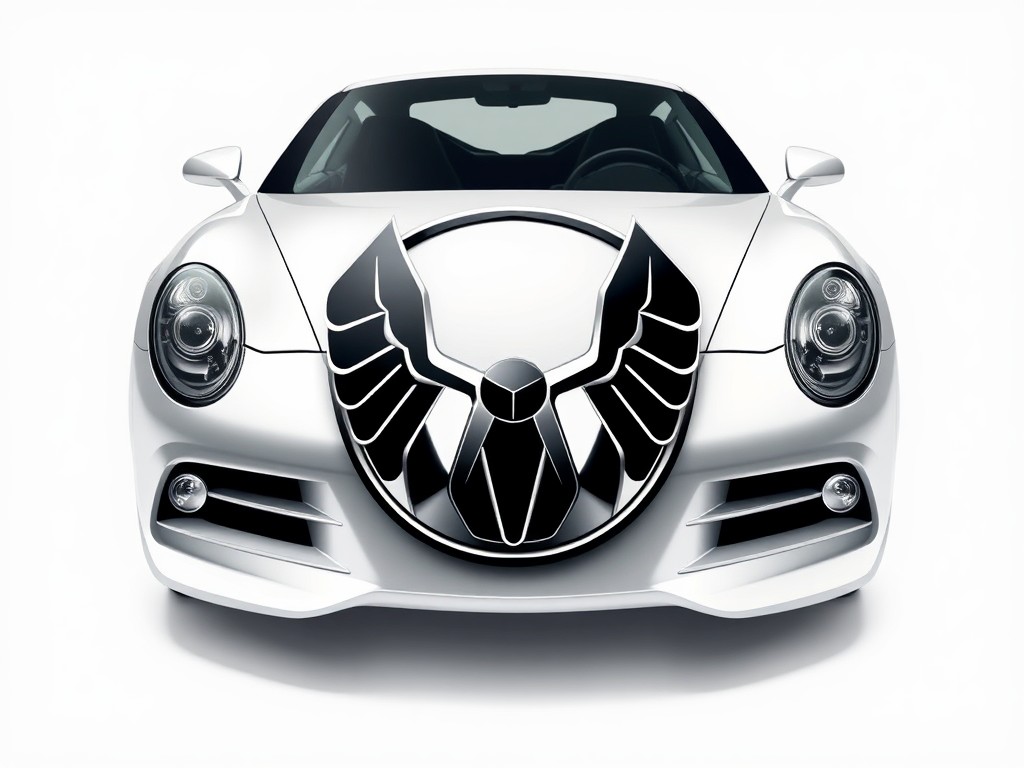Navigating the terrain of motorcycle helmet laws can be quite an involved affair. Whether it’s understanding the different safety standards, trying to figure out what the ECE regulation means, or even knowing which full-face helmet to purchase, it can all seem overwhelming. Yet, these are all essential factors every motorcyclist needs to consider, primarily for their safety and being on the right side of the law. In this article, we will delve into these aspects, shedding light on the legal requirements for motorcycle helmets in the UK.
Understanding the UK Helmet Law
The UK helmet law makes it compulsory for all motorcyclists to wear safety helmets while on public roads. This law does not only apply to the riders but also to their pillion passengers. The only exception is for followers of the Sikh religion who wear turbans – they are not legally required to wear helmets.
Also to see : What are the best practices for checking your vehicle’s oil level?
The law further stipulates that the helmet worn must meet certain safety standards. Herein, we will discuss the ECE (Economic Commission for Europe) and BS (British Standard) which are the most common standards for motorcycle helmets in the UK.
What the ECE Standard Entails
The ECE 22.05 standard is a European motorcycle helmet safety standard that has been adopted in over 50 countries worldwide, including the UK. This standard involves rigorous tests to ensure that helmets provide adequate levels of protection in case of a crash.
Also read : What are the consequences of not having your vehicle regularly serviced?
For a helmet to be ECE approved, it must undergo several tests. These include impact absorption tests, testing the strength and effectiveness of the chin strap, and ensuring the field of vision provided by the visors is sufficient. Furthermore, the helmet is tested for potential harmful projections inside that may injure the rider.
ECE approved helmets will bear a label indicating conformity to this standard. This label is usually located on the chin strap or inside the helmet. It will indicate the ECE 22.05 reference, the production serial number, size, and the type of helmet (full-face, open-face, etc.).
The BS Standard: What It Means and Its Importance
British Standard 6658:1985, simply referred to as the BS standard, is another benchmark for helmet safety in the UK. Helmets that comply with this standard are subject to tests similar to those for ECE approval. These include impact absorption tests, retention system tests, and peripheral vision tests.
One notable aspect of the BS standard is that it has two levels of approval – Type A and Type B. Type A helmets offer a higher level of protection and cover a larger area of the wearer’s head compared to Type B helmets.
Like the ECE standard, helmets that meet the BS standard will carry a label indicating conformity. This label, commonly found on the helmet’s back, will show either a blue (Type A) or green (Type B) SBS kite mark.
Choosing the Best Helmet: What to Consider
Beyond legal requirements, there are other factors to consider when choosing a motorcycle helmet. The best helmet for you will depend on your riding style, comfort preferences, and budget.
Firstly, consider the type of helmet. Full-face helmets provide the best protection, covering the entire head and face. Open-face helmets, while less protective, offer more ventilation and a broader field of vision.
Secondly, consider the helmet’s fit. A well-fitting helmet will sit snugly on your head, with no pressure points that could cause discomfort during a ride. The cheek pads should touch your cheeks without pressing too hard, and the helmet should not move around on your head.
Other factors to consider include the helmet’s weight, ventilation system, and extras such as integrated sun visors or Bluetooth communication systems.
Remember, while price is a crucial factor, it should not compromise your safety. Investing in a high-quality, well-fitting helmet could make a significant difference in the event of a crash.
Wearing Your Helmet Correctly: Why It Matters
Merely owning a helmet that meets the ECE or BS standard is not enough. The law stipulates that the helmet must be worn correctly at all times when riding. This means the chin strap must be securely fastened and not just placed over the top of the helmet.
Wearing your helmet correctly is not just about abiding by the law. It’s about ensuring your safety. An unfastened helmet can easily come off in a crash, leaving your head exposed to severe injury. Always remember to secure the chin strap correctly before setting off, no matter how short your journey might be.
Being aware of the legal requirements for motorcycle helmets in the UK is a critical part of being a responsible motorcyclist. It’s not just about meeting the standard. It’s about recognising the vital role that helmets play in protecting us every time we get on our bikes.
The Significance of the BSI Kitemark
The BSI Kitemark is a quality mark owned and operated by BSI. It is one of the most recognised symbols of quality and safety and offers true value to consumers, businesses and procurement practices. The BSI Kitemark for motorcycle helmets serves as a guarantee that the helmet has passed all necessary safety standards and inspections.
Helmets that carry the BSI Kitemark have undergone rigorous testing procedures, inspections, and continuous factory surveillance to ensure they meet the stringent safety criteria. These include impact absorption tests, retention system tests, and peripheral vision tests, similar to those for ECE and BS standards.
The helmet with a BSI Kitemark offers more than just meeting the legal requirements, but it also serves as an assurance of comprehensive safety protection. It’s essential to remember that while a BSI Kitemark is not a legal requirement, it is a highly recommended feature to look for when purchasing a motorcycle helmet.
Motorcycle Gear and Protective Clothing: More Than Just a Helmet
While a helmet is the most crucial piece of safety gear a motorcyclist can wear, it’s also essential to consider other types of protective clothing. The helmet law doesn’t cover these elements, but they significantly contribute to a rider’s overall safety on the road.
Motorcycle gear includes jackets, trousers, gloves, and boots, all designed with protective elements to shield against abrasions, cuts, and impacts. For instance, most motorcycle jackets and trousers incorporate protective padding in areas prone to injury during a crash, such as the elbows, knees, hips, and back.
Moreover, wearing high-visibility clothing or adding reflective elements to your gear can greatly enhance your visibility on the road, especially in poor light conditions. Remember, it’s not only about meeting legal requirements; it’s about ensuring your safety and those around you.
Conclusion
In the UK, it’s mandatory for all motorcyclists to wear a helmet on public roads. To comply with the law, the helmet must meet specific safety standards, primarily the ECE or BS standard. The helmet should bear a label confirming its conformity to these standards.
Beyond legal compliance, choosing a helmet should take into consideration factors such as type, fit, weight, ventilation, and extra features. The goal is not only to meet British standards but also to ensure maximum comfort and safety. Remember, a helmet is a vital piece of safety gear, not merely a fashion statement or a legal obligation.
While a helmet is the most important piece of safety equipment, don’t forget about other protective clothing. While not legally required, they provide critical safety protection.
In conclusion, being a responsible motorcyclist means more than just following the helmet law. It’s about recognising the importance of safety gear, investing in high-quality equipment, and always wearing the helmet correctly. After all, your helmet and other protective clothing could be the difference between life and death in the event of a crash. So, wear your helmet right, and ride safe!











